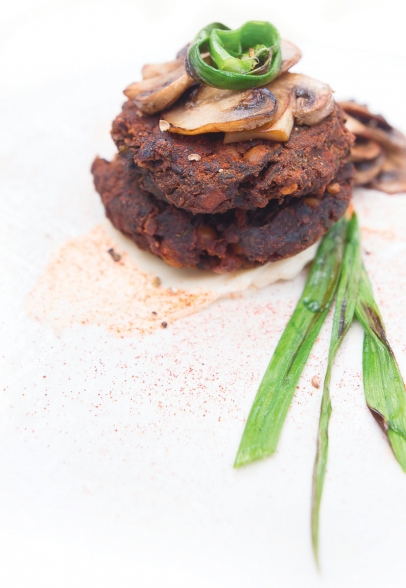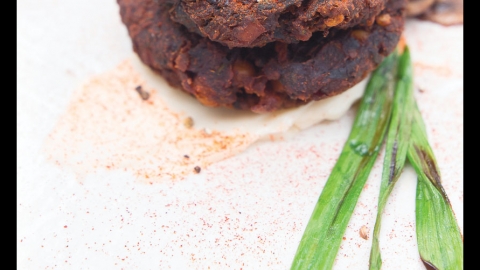The Farm Stand
When spring finally starts to roll around and the first glimpses of the season’s vibrant bounty begin to pop up at your local farmers’ market, it’s easy to overlook something as seemingly plain and commonplace as Swiss chard. While it might blend in well amongst the ever-popular kale or tried-and-true collard greens, it’s actually a member of the chenopod family (a lineage containing such nutrition powerhouses as spinach, beets and quinoa). The leaves possess a lovely, delicate spinach-like flavor and the colorful, sizeable stems are reminiscent of cardoon stalks or even tender celery. If looks and taste aren’t enough to tempt you the next time you find yourself perusing your local produce section, consider that Swiss chard is also tremendously rich in nutrients. A truly phenomenal source of vitamins C, E, K, B6, fiber, calcium, protein, zinc, folic acid, iron, potassium, antioxidants (and so much more), chard has been shown to (among many other things) to aid in blood sugar regulation and is widely thought to be a powerful ally in fighting cancer growth — especially concerning cancers of the digestive tract.
SO… what do you do with it though? As greens of all variations continue to grow in popularity, it’s safe to say that even the casual fan of roughage is searching for something a little more interesting than simply another kale salad! While the leaves and stems are delicious as is — and certainly fantastic in a salad (as the star of the show or a supporting role), you can use Swiss chard in place of (or in conjunction with) spinach in any recipe. The stems possess the bulk of the nutrients and are absolutely fantastic sautéed, shaved raw or pickled. With its subtle flavor and amazing versatility, it’s a wonderful introduction to the ever growing cult of seasonal greens!








